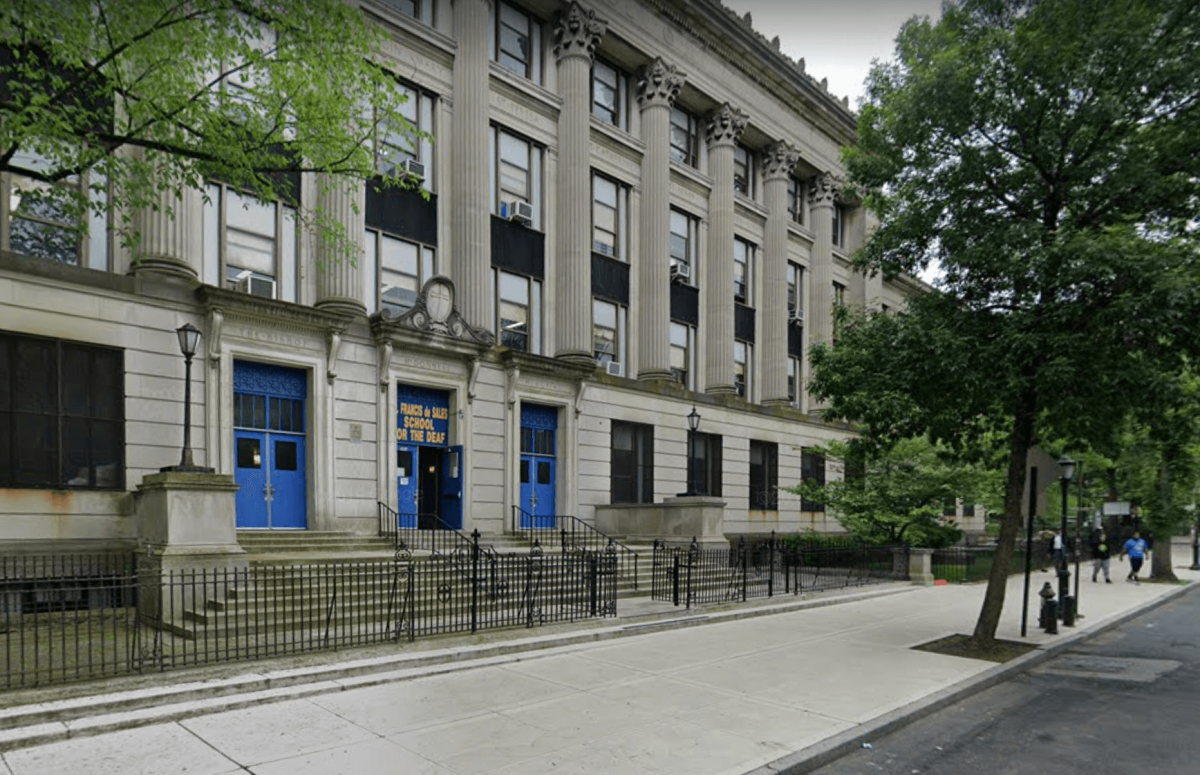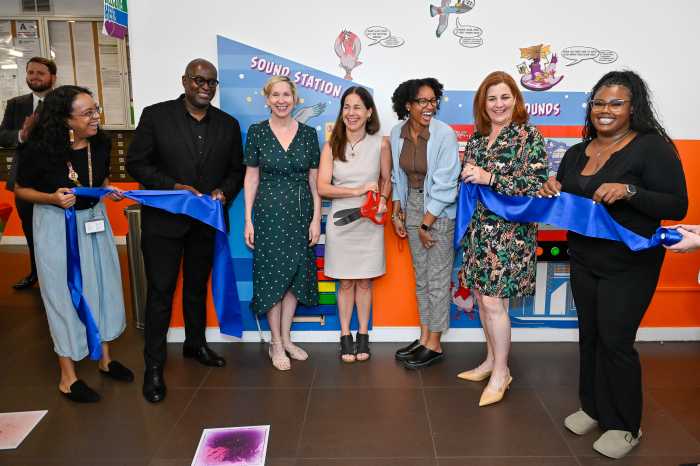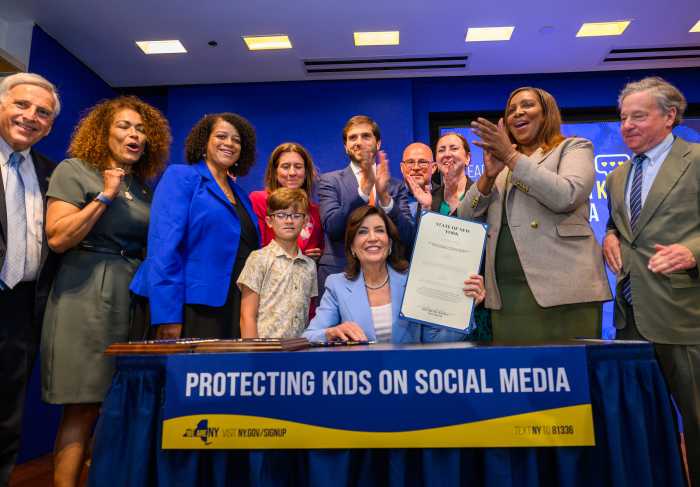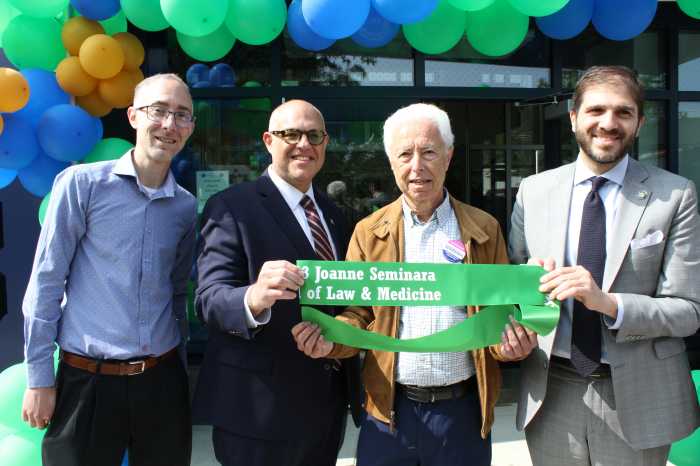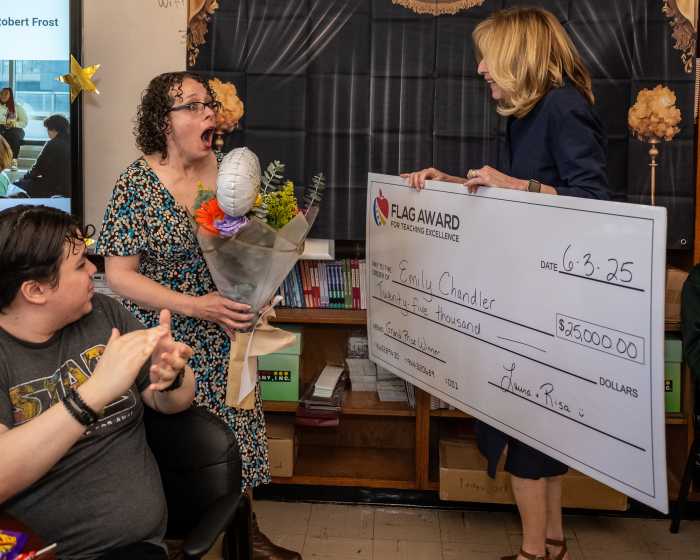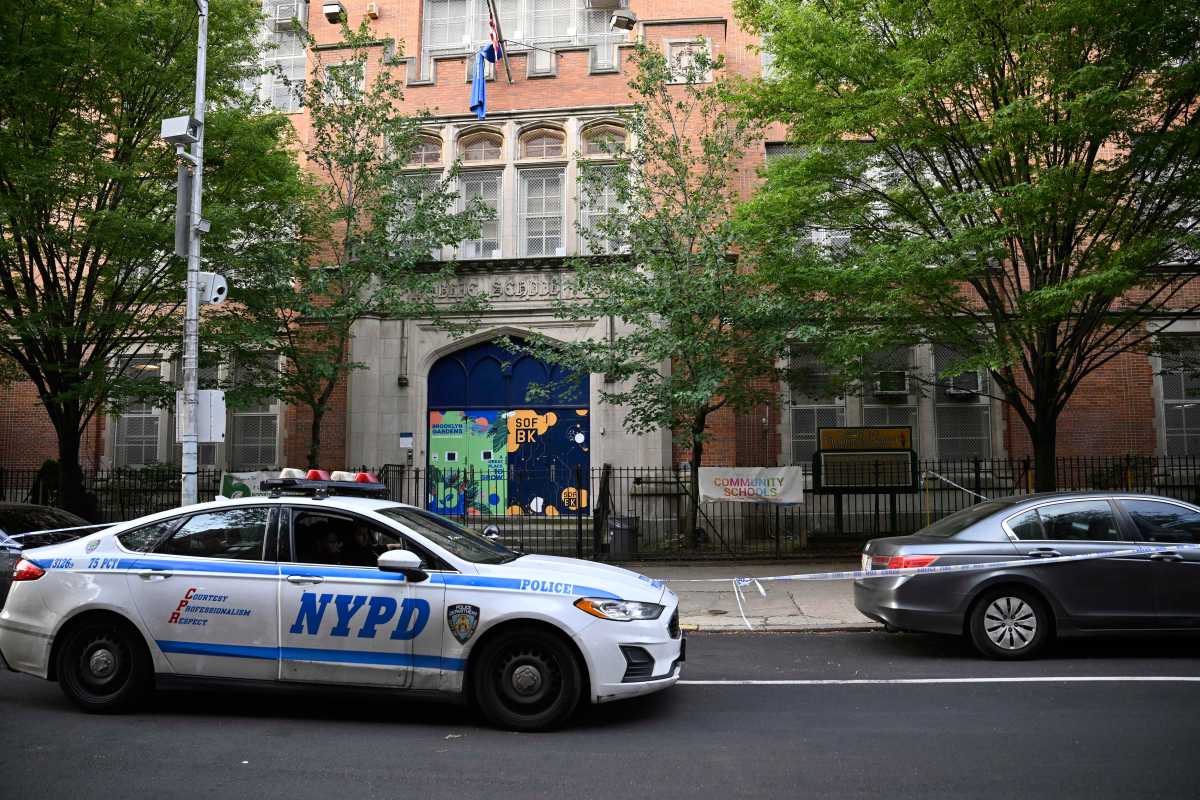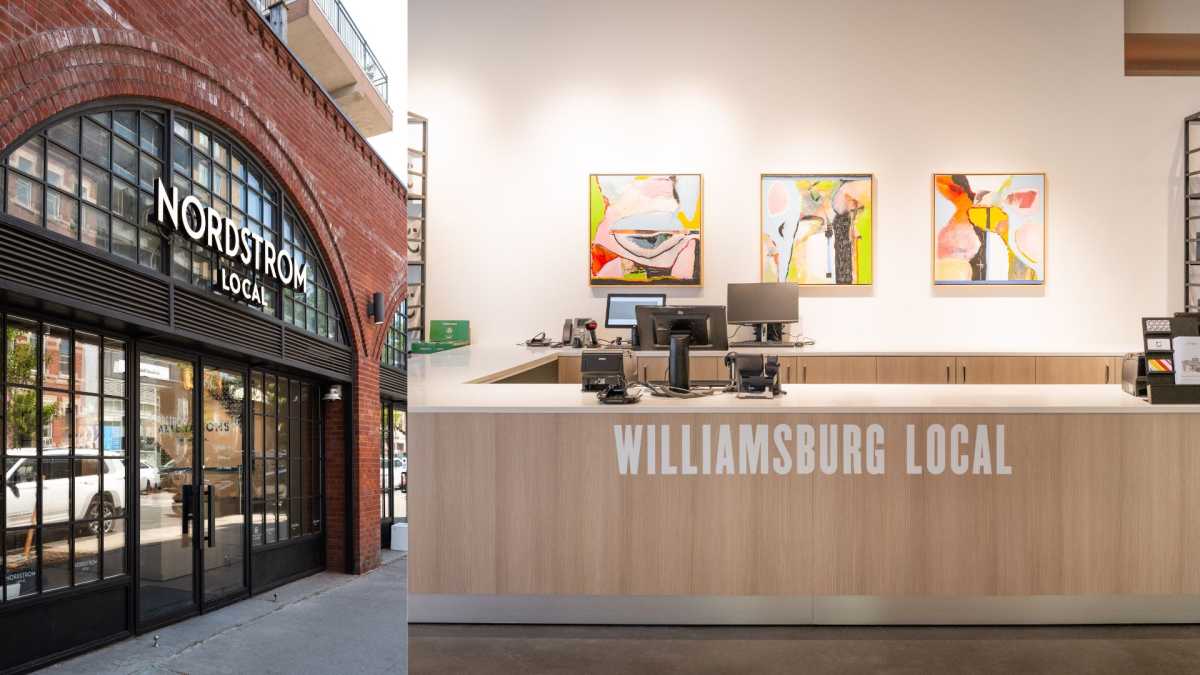A Brooklyn school for the Deaf will soon have a new “inclusive lockdown notification system,” as they’ve received a grant to install the new technology on its Crown Heights campus.
The school-wide lockdown system will significantly boost security at St. Francis de Sales School for the Deaf, and will be funded by a $200,000 from the Mother Cabrini Health Foundation
The school has been practicing lockdown drills for some time — but they face unique challenges, as they serve students who are deaf, blind and severely physically disabled.
“A typical lockdown or fire drill system that would be auditory, like bells or public announcement systems, would not work in our school environment,” Executive Director of St. Francis de Sales, Jodi Falk, told Brooklyn Paper. “So, we needed to find a universally designed system that would have multiple modes of communicating an urgent situation or emergency situation.”
The soon-to-be installed lockdown system, manufactured by Eastern Data Communications, will feature new panic buttons, allowing staff members to initiate a campus-wide lockdown in case of a crisis or safety issue.
When a lockdown is triggered, a signal is sent to the school’s access control system to lock all entry doors, disabling everybody’s swipe card, except for the security team and law enforcement.
Strobe lights will also be fitted throughout the building to notify hearing impaired students and teachers of a security alert.
“A lockdown is time sensitive. If there’s an intruder in your building you have to lock your door, pull down your shade, get crouched behind a desk, and not move until the police come get you. And so we needed to have something that was immediate,” said Falk. “It’s unfortunately part of our culture in America right now that we need to be prepared if God forbid there was an intruder.”
Additional security measures are now commonplace in schools across the country, with recently released federal data pointing to an increase in the installation of panic buttons among other safety measures.
According to survey data released by the National Center for Education Statistics, an estimated 43% of public schools now have panic buttons, while 52% reported having a police officer on campus at least once a week.
Falk pointed out instances of gunshots in the neighborhood surrounding St. Francis that have triggered the schools’ shelter in place protocols — and alerts currently come via an email blast and in-classroom monitors which display messages.
The new lockdown system will add further communicative ways to announce threats, and allow teachers to trigger a security alert by dialing a code, turning existing school phones into additional panic buttons.
As an added security measure, the new security system will be hardware-based and backed up by battery, so it can still be activated should the school’s network fail or the building loses power.
As St. Francis is outside the remit of the Department of Education, it does not have safety officers from the NYPD on site, leaving them to contract a private security firm to provide 24-hour surveillance of the campus.
Separately, the school also recently installed a video-based buzzer system for both security and accessibility reasons. Deaf visitors to the school can now communicate with security via American Sign Language to gain access.
On the decision to grant funding to St Francis, a spokesperson for the Mother Cabrini Health Foundation said that “students deserve to feel safe in their schools.”
“It not only impacts their safety and mental health, but also their ability to focus and succeed in school. The Mother Cabrini Health Foundation’s grant to St. Francis de Sales School for the Deaf will help ensure that their students have the tailored resources they need to receive a high-quality education,” said Daniel Frascella, Chief Programs and Grants Officer.
In Brooklyn, 65 other programs are to benefit from the organization’s commitment of $165 million in year-end grants to support underserved communities across New York state.



